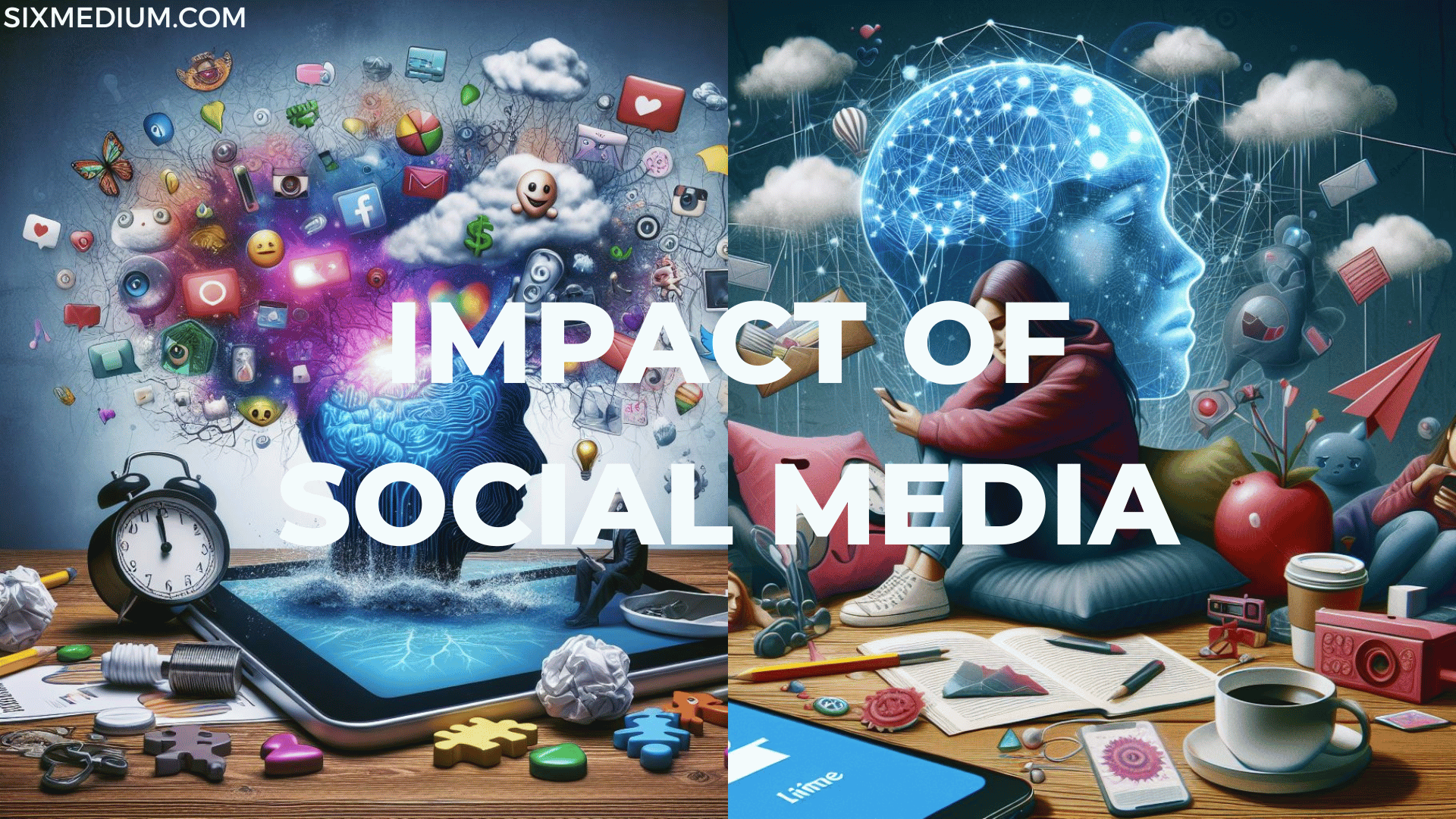Introduction:
Social media’s omnipresence in our lives has led to profound implications for mental well-being, showcasing both positive and negative influences.
1. Positive Effects:
Community and Support: Social media platforms serve as nurturing grounds for supportive communities, offering solace and advice through:
- Online Support Groups: Dedicated spaces fostering empathy and advice exchange.
- Peer-to-Peer Support: Connections among individuals sharing similar mental health challenges.
Awareness and Education: Social media platforms propel mental health discussions, combating stigma through:
- Campaigns and Initiatives: Raising awareness and challenging misconceptions.
- Educational Content: Sharing informative posts, articles, and videos promoting mental health literacy.
Inspirational and Motivational Content: Engaging content encourages positive thinking and self-care practices:
- Wellness Influencers: Offering mental health tips and wellness practices.
- Creative Expression: Serving as an outlet for self-expression and healing through art and other creative mediums.
2. Negative Effects:
Comparison and Self-Esteem: Continuous exposure to curated content fuels:
- Unrealistic Comparisons: Contributing to diminished self-esteem.
- Idealized Lifestyles: Highlighting unattainable standards.
Cyberbullying and Harassment: The anonymity of social platforms fosters:
- Cyberbullying: Triggering anxiety, depression, and emotional distress.
- Online Harassment: Exacerbating mental health issues among vulnerable users.
Fear of Missing Out (FOMO): The stream of updates generates:
- Anxiety and Dissatisfaction: Leading to FOMO and dissatisfaction with one’s life.
- Constant Comparison: Fueling stress and discontentment.
3. Mental Health Interventions and Solutions:
Digital Well-being Tools: Platforms introduce features to encourage mindful usage:
- Activity Dashboards and Time Limits: Supporting conscious screen time.
Educational Campaigns: Efforts promoting digital literacy and responsible usage:
- Digital Literacy Programs: Empowering users with knowledge.
Self-Regulation and Boundaries: Encouraging individuals to establish:
- Offline Connections: Prioritizing real-life interactions.
Conclusion:
Social media’s impact on mental health is a blend of connections and awareness coupled with challenges like comparison, cyberbullying, and FOMO. Striking a balance through education, well-being tools, and boundary setting can empower users for a healthier relationship with social media and better mental well-being.



